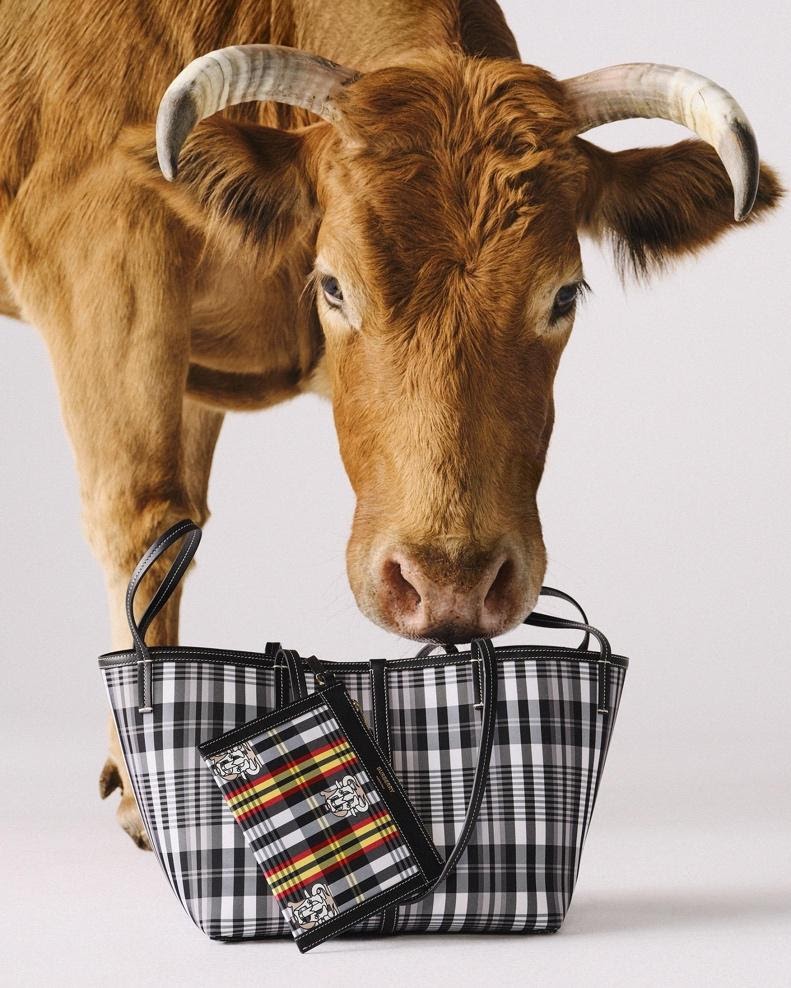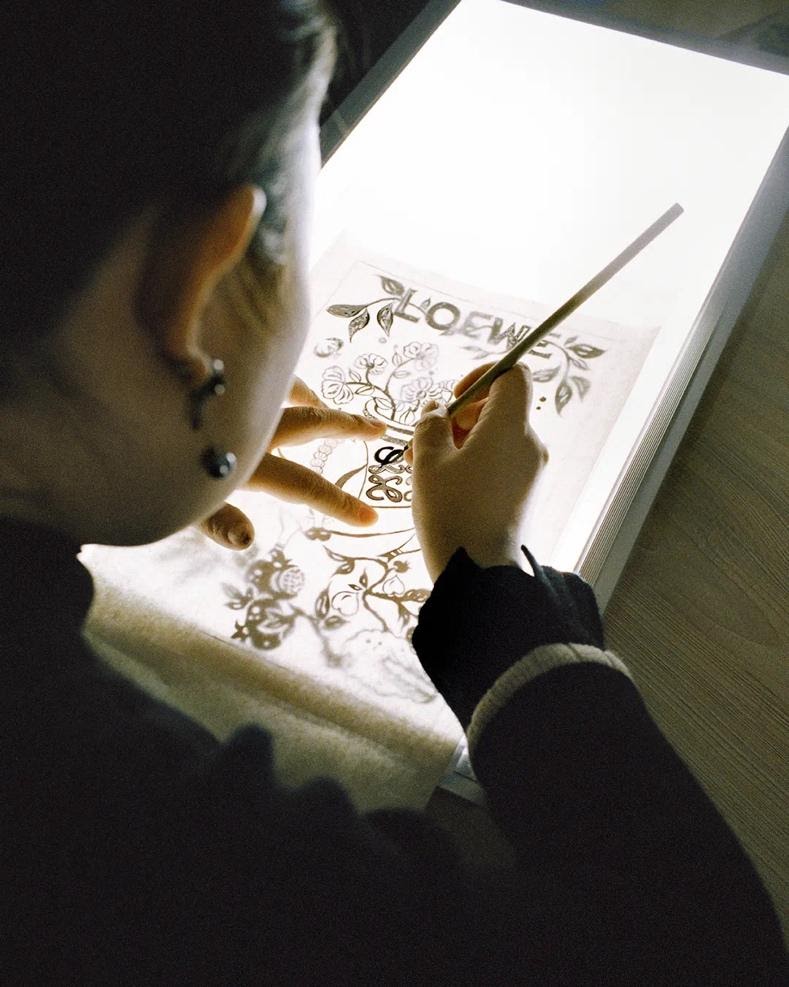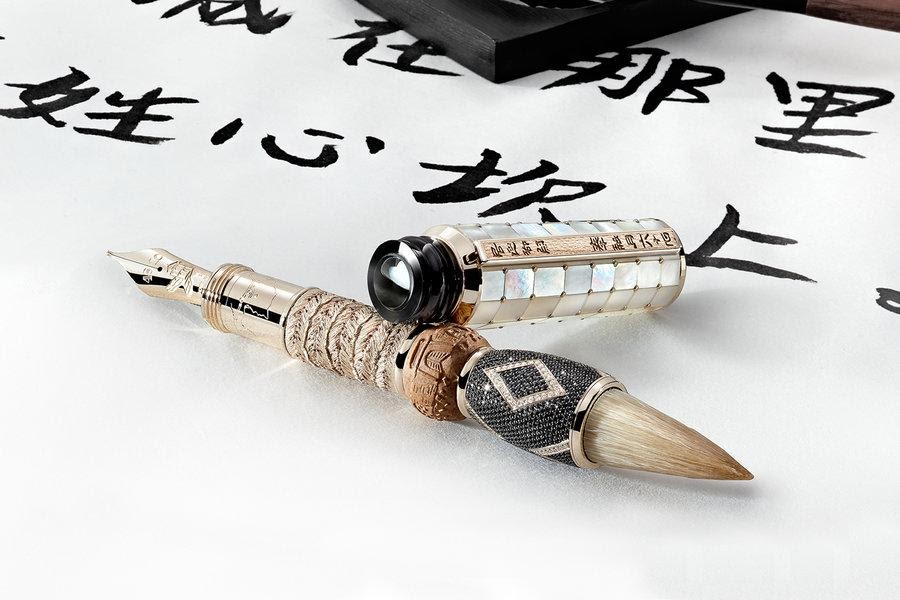
Consumers
What Kind Of Exclusivity Are Chinese Luxury Consumers Really Looking For?
by
Alexander Wei | May 25, 2021
As China’s significance continues to rise in the global luxury landscape, luxury brands are launching exclusive marketing campaigns in tandem with local marketing milestones. But understanding the local scene is no mean feat – how can brands create the “exclusivity” that sophisticated Chinese consumers really expect?
According to market research company NPD Group, Chinese luxury consumers spent over $12.29 billion on luxury goods worldwide in 2020, accounting for almost two-thirds of the industry’s growth that year despite the impact of COVID-19. For brands, the sheer influence of this market has reached such significant proportions that its needs can no longer be ignored.
The repatriation of Chinese luxury consumer spending due to travel restrictions has directly led to a surge in local consumption in China, which now accounts for 80 per cent of total luxury spending (it stood at 43 per cent in 2019). As the pandemic remains severe at a global level, outbound leisure travel is unlikely to make full recovery until the second quarter of 2023 at best, states a new study from consulting firm Oliver Wyman. This means that stores in China will likely be the primary purchasing channel for the vast majority of Chinese luxury shoppers until then.
Luxury brands are increasingly regarding China as a standalone market (and not as part of the “Asia” or “Asia-Pacific” region) as it is now comparable in terms of scale to established luxury markets like the US, Japan and France. As the Chinese market continues to come into its own, the divide between this market and other Western markets is growing and international luxury companies need to tailor their strategies to cater to China and its unique consumers.
Luca Solca, Senior Analyst at Berstein, once said: “If the Chinese sneeze, the luxury sector gets pneumonia.” As the Chinese market becomes increasingly important, top luxury maisons are ramping up their investments in China. But the vastly different social, cultural and commerce landscape continues to present a challenge to them – and the numerous social media gaffes made by luxury brands over the years attest to that. Clearly, there is still plenty of room for Western brands to improve on this front. Customers want to feel recognised and valued, and a brand’s initiatives in a market – from merchandising to marketing – are clear indications of that.
When “Exclusive” Is No Longer “Exclusive”
Western festivals such as Thanksgiving and Christmas have started to lose their charm for Chinese consumers in recent years, and traditional Chinese festivals such as Lunar New Year, as well as shopping festivals such as Singles’ Day and 618, are starting to heavily shape the marketing calendar in China. This makes the marketing landscape in China very distinct from the West, and luxury brands have to design their marketing campaigns and product releases accordingly.
Back when international luxury brands were still the early stages of their development in China, they tended to take a global – or in other words, “Western” – approach to marketing, says Iris Chan, Partner & Head of International Client Development at DLG (Digital Luxury Group). Global product lines and collections often took a longer time to find their way to the market, and in some cases, didn't make it to China at all. But as the market grew more mature and consumers more demanding, brands not only made it a point to ensure global releases made it to China in a timely manner, but also started thinking about market exclusives. “Launching China exclusive editions offers uniqueness among familiar products and a sense of urgency to purchase given the limited production runs. It also serves to address the burgeoning and more complex needs and preferences of Chinese luxury consumers,” she adds.
However, this practice has hit a snag in China of late. Consumer appetites have been diluted by a range of similar “Chinese” collections; and at the same time, the over-simplification of Chinese culture and preferences by some Western brands is starting to come under scrutiny. Balenciaga drew flak for its “tasteless” limited edition Hourglass bags that featured the Chinese characters for “I Love You” in a stylised scrawl during last year’s Qixi festival; Burberry’s 2021 Chinese New Year campaign showcasing a live ox in reference to the zodiac animal was deemed by netizens as “absurd”; and Gucci’s Doraemon collection for Chinese New Year this year was met with mixed reactions in the market.

Controversies over inappropriate marketing assets and special edition collections that miss the mark are becoming increasingly common, and brands need to better understand what Chinese consumers are looking for. While Chinese consumers do appreciate market exclusives, it does not mean that they are willing to blindly fork out money for yet another uninspiring zodiac animal-print bag or a red T-shirt.
Understanding the Culture
The market’s growing sophistication is prompting Western luxury brands to better understand audiences and localise their offerings on all levels. While simplistic efforts to incorporate Chinese culture and elements in designs and campaigns may have passed muster previously, today’s Chinese consumers expect brands to have a deeper connection with their culture instead of seeing the market as a mere revenue driver.
Cross-cultural communication is not an easy task. So rather than attempting to interpret Chinese culture through a Western lens, an increasing number of brands are opting to work with local teams or cooperating with third-party agencies and creators, leveraging their expertise and understanding of local culture to convey its brand values. Swedish parfumerie Byredo just celebrated 520 (China’s unofficial Valentine’s Day) with the exclusive launch of its new fragrance Young Rose. The campaign was shot by Chinese photographer Leslie Zhang, who had previously worked with brands such as Thom Browne and Zara. Zhang noted that Chinese heritage and traditional culture serves as a source of inspiration in his photography, and the images he created were a romanticisation of his memories of growing up in China. Byredo is not the first brand to work with famous Chinese photographers to realise its creative vision – many international fashion houses have also gone down this path over years, working with the likes of Chen Man and Yu Cong to create relevant campaign visuals for the Chinese market.
Join Luxury Society to have more articles like this delivered directly to your inbox
Other brands, like Loewe, are choosing to dive deeper into Chinese culture, featuring stories that resonate with their brand values and heritage. Famous for its exquisite leather craftsmanship, the Spanish brand has been showcasing traditional Chinese traditions that highlight kinship and craftsmanship in its annual Chinese New Year campaigns since 2019. This year, the brand threw the spotlight on three different ancient Chinese crafts – Feng Xiang woodblock printing, Huizhou Yuting cake making, and Daoming bamboo weaving. Besides being in line with the brand’s ongoing commitment to traditional crafts around the world (the Loewe Foundation has been giving out the Loewe Craft Prize since 2016), such content deeply resonates with local audiences on an emotional level. It should also be noted that Loewe did not actively promote or feature any of its products in these short films for Chinese New Year, but instead focused on the notion of crafts and culture as a gateway for consumers to discover more about the brand and its collections.

Then there are brands like Montblanc that draw from China’s rich heritage, incorporating elements of history in its special edition designs. In late 2019, the brand unveiled its limited edition range of Montblanc High Artistry Homage to Emperor Kangxi writing instruments. Conceived as a series of unique pieces, each pen features motifs and elements related to Chinese royalty, and is completely encrusted in gems including diamonds, jade, and pearls. This year, the brand followed up with the release of its High Artistry Tribute to the Great Wall of China collection, with each iteration in the series highlighting a different part of China’s history – from references to the Ming Dynasty to the Silk Road.

The “China First” Strategy
In line with the growing importance of the Chinese market, many top brands are rethinking their global marketing activation strategy, on top of implementing diversified localisation tactics.
When COVID-19 forced many markets into lockdown in 2020, China emerged as one of the few countries where large offline events could still take place. Consequently, Louis Vuitton launched its Spring/Summer 2021 Men’s collection in Shanghai last August – it was the first time the brand held a major show outside of Paris. Some brands have since resumed offline runway shows in Europe and the U.S., but debuting new collections globally with a runway show in China has become the new normal. In March, Hermès launched its Women’s Autumn/Winter 2021 via a livestreamed show that was split into three acts across three locations – New York, Paris and Shanghai – during Paris Fashion Week. A month later, Dior unveiled its Autumn 2021 collection with a runway show at Shanghai’s Long Museum. It was the first time that Dior staged a women’s pre-collection show.
The “China First” strategy now extends beyond just marketing initiatives, and this was evident in the aforementioned Dior show as well. Having adopted a see-now-buy-now model, the collection was made available for pre-order on all of Dior’s Chinese e-commerce channels, including its WeChat, immediately after the show. In a further show of the market’s importance, the brand released its Medium Caro Bag in China on the occasion of this runway show – a month earlier than the rest of the world. “This reflects that the Western consumer is no longer central to the process, with other markets seen as derivatives. For many brands, the Chinese consumer has become an important one to their business, and the market is prioritised in brand and product development discussions,” Chan says. “The fact that brands are launching products in China first, ahead of other markets globally, means that they are thinking about the Chinese consumer right from the early stages of developing a product, through to launch, sell-through, and after-sales.”
COVID-19 has undoubtedly fragmented the global luxury market. China is not the only country seeing a repatriation of consumption – other important luxury markets such as South Korea and the UAE are experiencing the same, and the focus on deepening communication with and understanding of local consumers is growing. As the luxury industry continues to expand globally, Western marketing and communication tactics will have to be increasingly replaced by more localised solutions across the various markets. Today, it is no longer about being “global”, but “glocal” – and as complex an exercise as that might be, it is a necessary step in the right direction.

